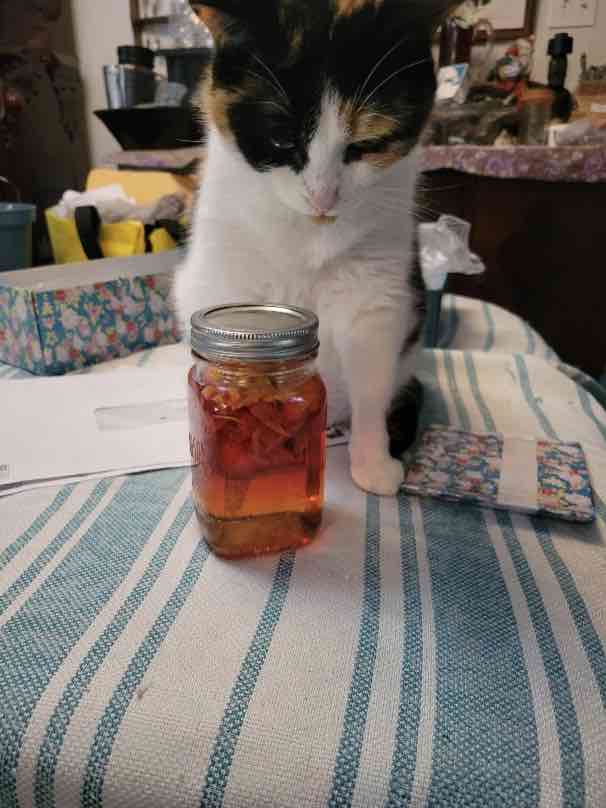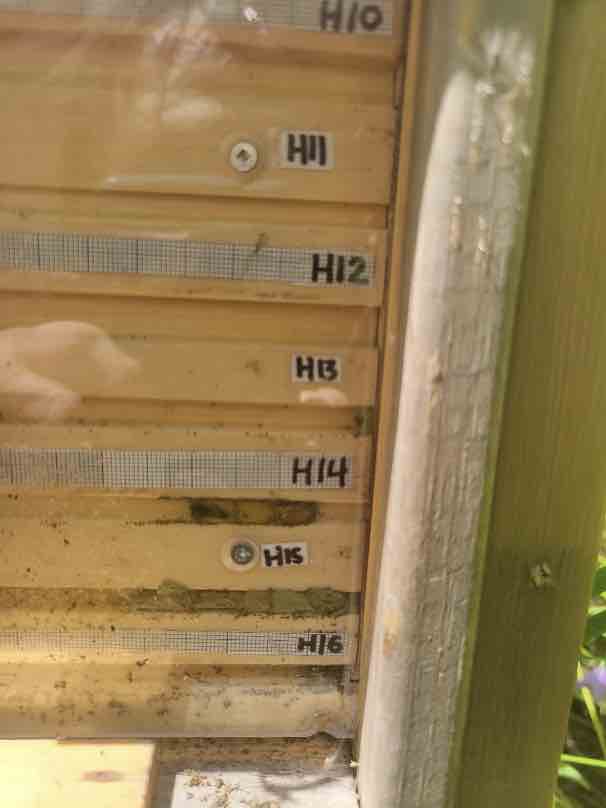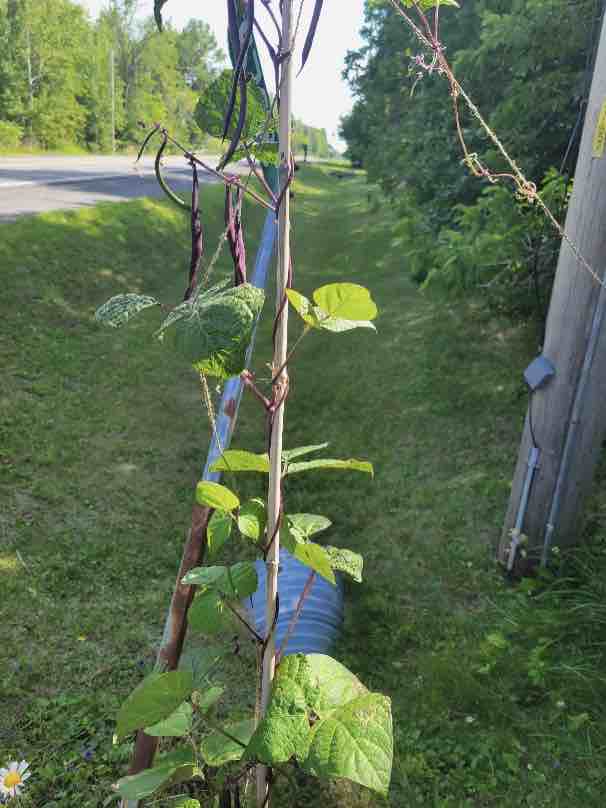Your cart is currently empty!
Magnesium Deficiency In Plants
Photo:
Judith Cox showing yellowing leaves as a sing of magnesium deficiecy in a zucchini plant
Magnesium deficiency in plants can be identified most commonly by yellowing leaves while the veins remain green. The lower leaves usually turn yellow first.
So much heat! I have been finding the heat and humidity to be nasty on my knees and on my plants. The heat is wonderful for some of our vegetables however and I can almost hear the tomatoes singing. Feeding Fridays are continuing to be a thing for my tomatoes and often for the roses and other vegetables and plants.
Magnesium Deficiency
I did learn an important lesson about my zucchini. Zucchinis are heavy feeders and I have mine in a pot, which limits its ability to feed even further. Because of this, it started to exhibit signs of a magnesium deficiency with yellowing leaves. I have already fed it with fish emulsion fertilizer, about a tablespoon of the concentrate in a watering can and will add it to the feeding rotation. Lesson learned.
Nastrudium Vinegar
The nasturtium vinegar is brewing nicely. I covered the blossoms with a good vinegar and left it in a mason jar. It is very satisfying to be able to use flowers and plants from my garden to make the winter a happier time. I also harvested some nasturtium leaves, chopped them up and froze them. My friend suggested I try this as she uses the frozen leaves in soups during the winter season. I look forward to this.

Pollinators
You have probably been on the lookout for pollinators. If you have milkweed, you may see small monarch caterpillars making their way into the shelter of leaf crevices. You may see butterflies flitting about and at night the moths will be attracted to your scented flowers. Keep an eye out for fireflies which are amazing nighttime pollinators and so beautiful. Of course, there are many bees pollinating our flowers and vegetables at this time of year. I am fascinated with the green sweat bee, which I have seen in my roses, and fingers crossed I get to see a squash bee. My bee hotels are starting to get some attention: I seem to have a mason bee and a leafcutter bee setting up shop.

Pole Beans
The pole beans are starting to have beans along their stems. I have some Purple Podded Pole beans planted with the road lettuce. I like to grab a bean every time I go to the mailbox. Yesterday my regular walk to the mailbox was interrupted by a rather upset skunk so, no bean for me.

It is going to be one of those weeks with heat and humidity and other summertime weather. Be aware that anything that you are growing in a pot will dry out faster than you would believe and keep it watered. If you are growing your vegetables in a pot, a regular light organic feeding is a good idea. The wild parsnip is blooming so make sure the blooms are clipped and put in a black plastic bag for the trash. Doing this will help to cut down next year’s wild parsnip crop. Be sure to cover up so you do not get exposed to the sap. Enjoy your week. Judith (Email: sghorticultural@gmail.com) Veggie Bites are available at https://sghorticultural.wixsite.com/website or https://gardeningcalendar.ca/articles/veggie-bites/
About the Author
Share with Family and Friends
Featured Authors
Visit a Botanical Garden For Unique Experiences.
Comments
Logging in to comment gives you more features, but it is not required.
Subscribe
0 Comments
Oldest












